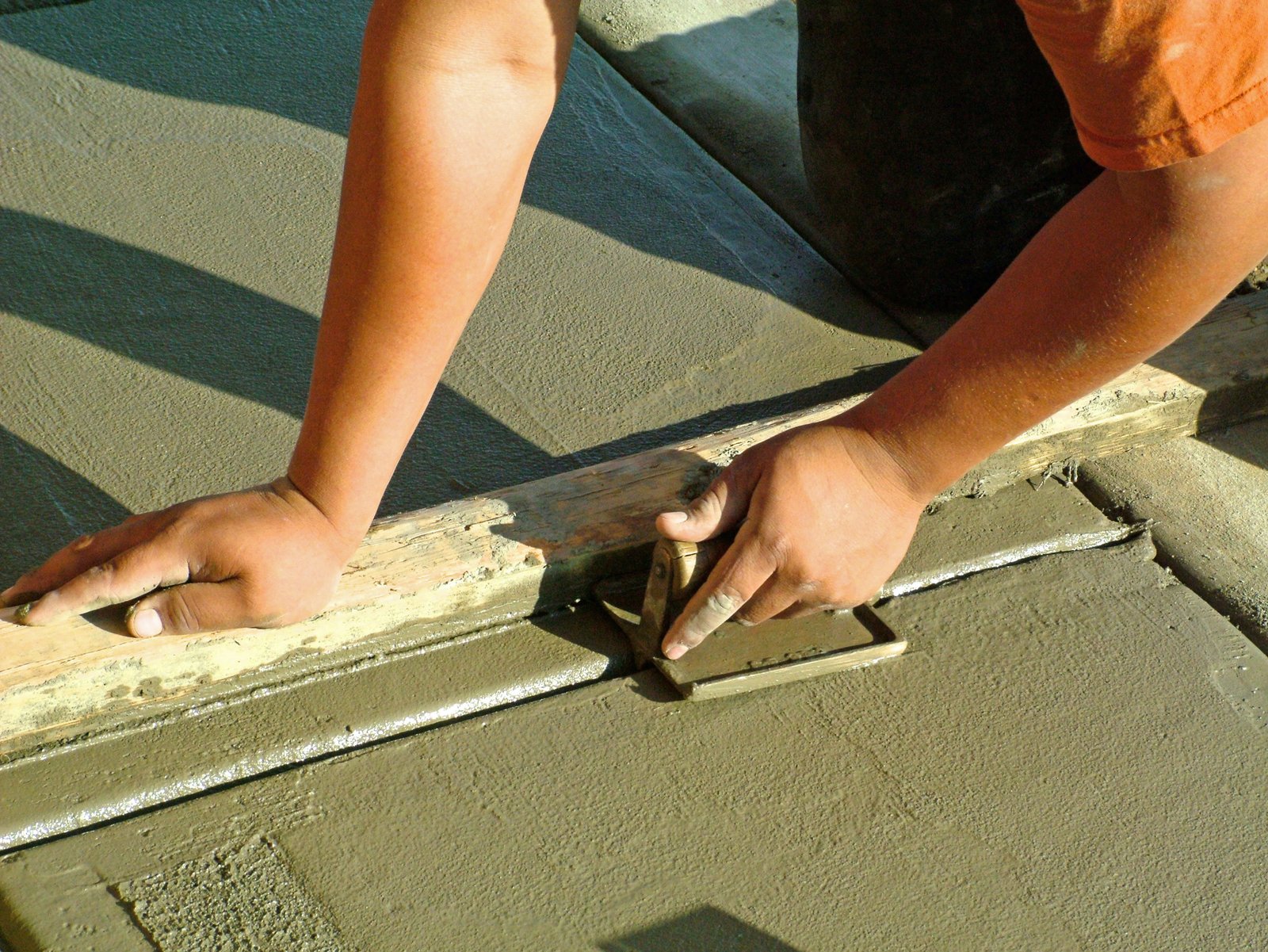Table of Contents
Did you know that in 2021, the commercial paving slabs market in the United States was worth USD 308.6 million?
Are you in the process of building a new home? If so, you’ll want to take the time to find different types of concrete slabs that best fit your needs. Once you decide which suits you, it’ll feel like all your problems have been solved.
Below, we’ve created this detailed guide to give you a better understanding of each concrete slab on the market. Read on, discover more, and explore all the pros and cons before deciding.
One-Way Slabs on Beams
One-way slabs on beams are a prevalent form of concrete slabs used in most residential and commercial buildings. The pros of this type of concrete slab are that they are pretty economical to install and require less reinforcement. It makes them an economical choice for most construction projects.
In addition, one-way slabs on beams also provide extra support for the flooring and walls. They are easy to construct and require minimal maintenance.
On the other hand, the cons of one-way slabs on beams are that they can be prone to cracking and crumbling due to the lack of structural support. They can also require more reinforcement to support heavier loads.
Waffle Slab (Grid slab)
The waffle slab is a concrete slab with a grid pattern of deep beams with inverted “V” shaped ribs running between them. The primary benefit of a waffle slab is its superior strength-to-weight ratio.
One disadvantage of this slab is the difficulty in achieving a completely flat surface, as the voids in the ribs will cause slight bumps and dips. However, a grid slab may be better if a completely flat surface is required.
One-Way Joist Slab (Ribbed Slab)
Oneway joist slab systems are cost-effective and easy to install compared to traditional poured concrete slabs. The joists are easily adjusted and modified if necessary. On the flip side, the size and shape of beams can pose design constraints, and the posts must be correctly spaced to ensure load-bearing performance.
Ribbed slab systems offer stability, strength, and durability. Ribs support the concrete slab, eliminating the need for beams or joists, and the cost is less than for a traditional poured concrete system.
Flat Plates
Flat plate concrete slabs are a popular option for floor construction in residential, commercial, and industrial buildings. Generally, flat plate slabs are rectangular in shape and uniform in thickness throughout, making them well-suited for many applications.
Flat Slabs
Flat slabs are a type of concrete slab that is flat in shape and does not have beams, girders, or columns between its support points. They are often used in larger projects and require more formwork, which can be costly. However, flat slabs are versatile and can be used in many applications.
Pros of flat slabs include their ability to span longer distances than other types of slabs and their simplified construction. Cons of flat slabs include the additional cost of formwork and the fact that they are more rigid than slabs types. If you have any problem with your slab, consider slab leak repair.
Understanding the Types of Concrete Slabs
Different types of Concrete slabs come in a variety of styles. Each has pros and cons depending on the project and its purpose. Weighing the differences between each type of slab is essential before investing in any concrete slab.
For more helpful tips, check our site today.

